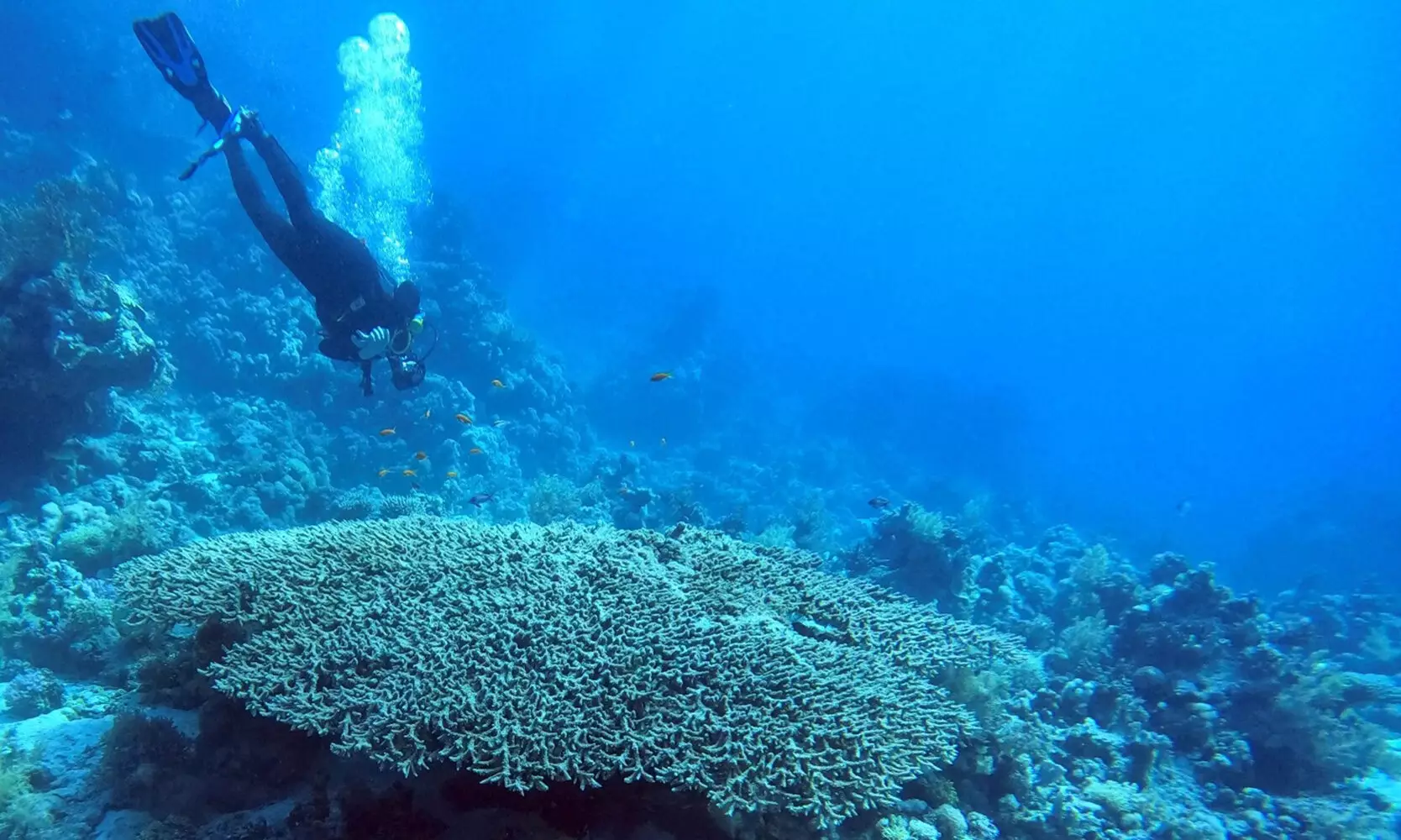Reconstructing ancient ocean temperatures is a complex process that involves analyzing the ratio of different oxygen atoms in the calcium carbonate remains of fossils. However, challenges arise due to biological processes known as “vital effects,” which can significantly impact the accuracy of the data. A recent study led by the University of Göttingen has proposed a novel approach that involves examining the abundance of a rare oxygen isotope to distinguish between temperature influences and biological effects in isotopic composition.
The hard structure of coral, known as the “coral skeleton,” is primarily composed of calcium carbonate, similar to limestones. Marine organisms, including corals, selectively incorporate different forms of oxygen, known as isotopes, into their structures. Higher concentrations of the heavy oxygen-18 isotope are incorporated at lower water temperatures. By analyzing the ratios of oxygen isotopes in carbonate structures, scientists can derive insights into past seawater temperatures.
Challenges of Vital Effects in Temperature Reconstruction
One of the main challenges in reconstructing ancient ocean temperatures is the presence of vital effects, which can skew the data obtained from carbonates like coral skeletons. These biological processes can confound temperature reconstructions and hinder the accuracy of the results. To address this issue, researchers have identified a third, rare oxygen isotope (oxygen-17) that can help correct for biological effects, leading to more precise temperature determinations.
The triple oxygen isotope method involves measuring the abundance of oxygen-17 in carbonates to improve the accuracy of temperature reconstructions. This technique is highly sophisticated and requires advanced instrumentation such as tunable diode laser absorption spectroscopy. The stable isotope laboratory at the Göttingen University is among the few in the world equipped to perform these complex analyses, underscoring the novelty and significance of this research.
By leveraging the triple oxygen isotope method, researchers can enhance the accuracy of past ocean temperature reconstructions and gain a deeper understanding of biomineralization processes in different coral species. The application of this technique opens up new possibilities for paleoclimate research, enabling scientists to access previously inaccessible datasets and derive more precise climate reconstructions extending further back in time.
The study also sheds light on the mechanisms underlying vital effects in corals, particularly the role of CO2 absorption in the biomineralization process. By confirming that CO2 absorption is a key process influencing the oxygen isotope composition of coral skeletons, researchers have advanced their understanding of how vital effects manifest in marine organisms. This insight contributes to a broader appreciation of the complex interplay between biological and environmental factors in temperature reconstructions.


Leave a Reply